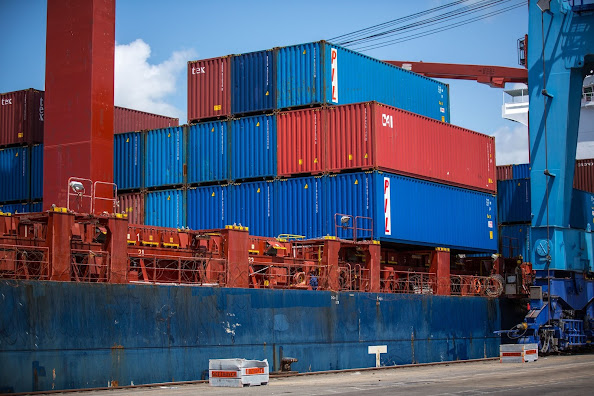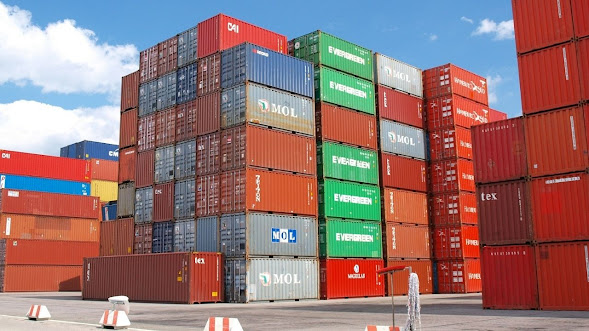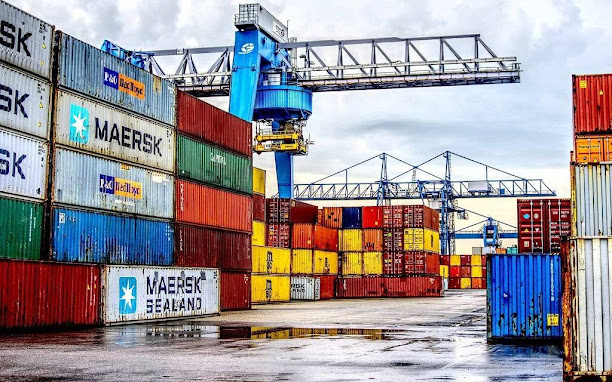How Much Does It Cost to Convert a Shipping Container into a Home?
Have you ever dreamed of living in a unique and eco-friendly home that stands out from the traditional houses we're used to seeing? If so, converting a shipping container into a home might be the perfect solution for you. Melbourne Shipping containers are known for their durability and versatility, and they can be transformed into comfortable, stylish, and cost-effective living spaces.
But before you embark on this exciting journey, it's essential to understand the factors that influence the cost of such a conversion.
Size Matters
The first factor that significantly impacts the cost of converting a shipping container into a home is its size. Shipping containers in Melbourne come in various sizes, with the most common options being 20 feet and 40 feet in length. The larger the container, the more materials and labour will be required for the conversion, leading to higher costs. Keep in mind that the container's dimensions will also influence the layout and design possibilities for your home.
Container Condition
The condition of the shipping containers you choose is another crucial factor. New containers are more expensive but come with the advantage of being in pristine condition. Used containers, on the other hand, can be significantly cheaper but may require repairs and refurbishments, which can add to the overall cost. It's essential to carefully inspect any used containers for structural integrity and signs of wear and tear before making a purchase.
Location and Site Preparation
Where you plan to place your shipping container home also plays a vital role in determining the overall cost. Site preparation, including clearing and levelling the land, laying a foundation or support system, and ensuring proper drainage, can add to your expenses. Additionally, consider the cost of permits and zoning regulations in your area, as these can vary widely.
Design and Customisation
The level of customisation and design complexity you desire will have a significant impact on the cost of your container home. Basic designs with minimal modifications will be more budget-friendly, while elaborate designs with multiple openings, insulation, plumbing, and electrical systems will increase the overall expenses. Remember that every modification and feature you add will affect both the materials and labour costs.
Utilities and Off-Grid Options
When converting a shipping container into a home, you'll need to consider your utility needs. Connecting your container home to existing water, electricity, and sewage systems can be costly, especially if your site is in a remote location. Alternatively, you can opt for off-grid solutions such as solar panels, rainwater harvesting, and composting toilets, which can reduce long-term utility costs but may require a higher initial investment.
Labor Costs and DIY Options
Finally, the cost of labour is a significant factor in your shipping container home project. Hiring professionals to handle the design, construction, and installation will undoubtedly increase expenses. However, some individuals with the necessary skills and expertise choose the do-it-yourself (DIY) route to save on labour costs. While this can be more affordable, it's crucial to weigh your own capabilities and the time commitment required for a successful DIY project.
Conclusion
In conclusion, the cost of converting a shipping containers Melbourne into a home can vary widely depending on factors such as container size, condition, location, design complexity, utilities, and labour costs. It's essential to carefully plan and budget for each of these elements to ensure your container home project stays within your financial means.
Remember that while container homes can be a cost-effective and sustainable housing option, they also require careful consideration and investment to create a comfortable and functional living space.
So, if you've been considering the idea of living in a shipping container home, take the time to evaluate these factors and determine the right balance between your budget and your dream home.
With careful planning and the right choices, you can turn a shipping container into a unique and affordable living space that reflects your style and values.




Comments
Post a Comment